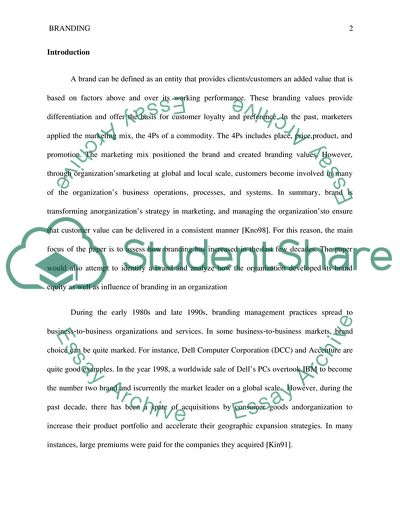OMM 615: Week 1 Assignment Example | Topics and Well Written Essays - 500 words. https://studentshare.org/marketing/1857865-omm-615-week-1-assignment
OMM 615: Week 1 Assignment Example | Topics and Well Written Essays - 500 Words. https://studentshare.org/marketing/1857865-omm-615-week-1-assignment.


